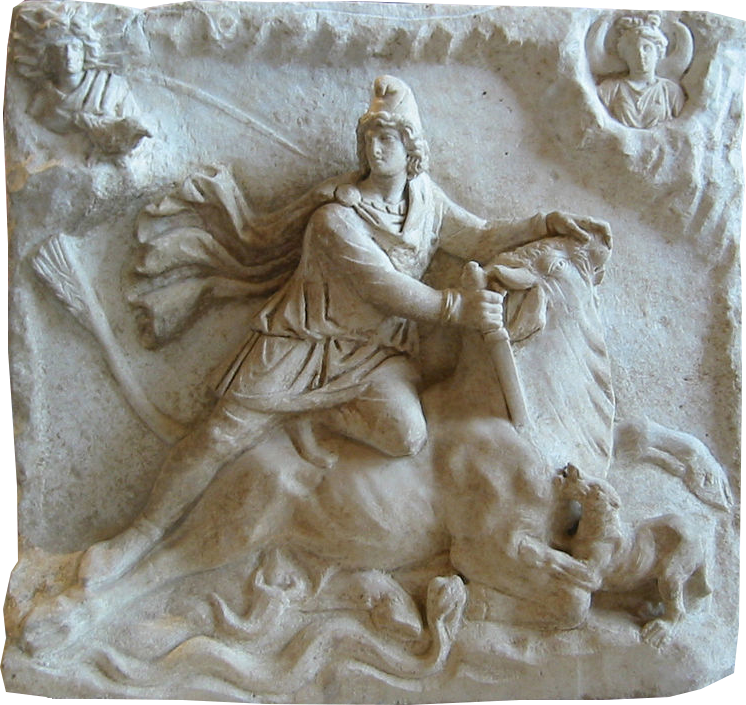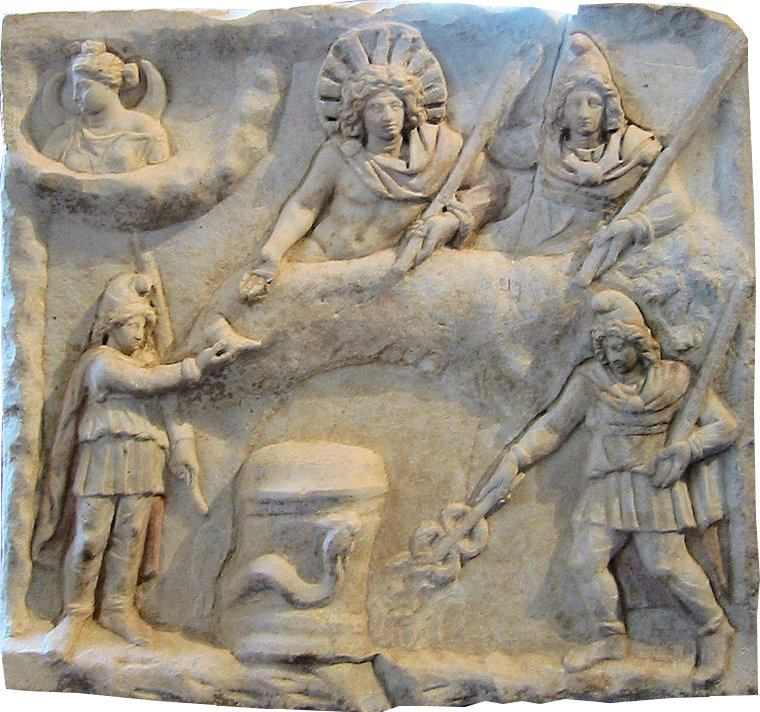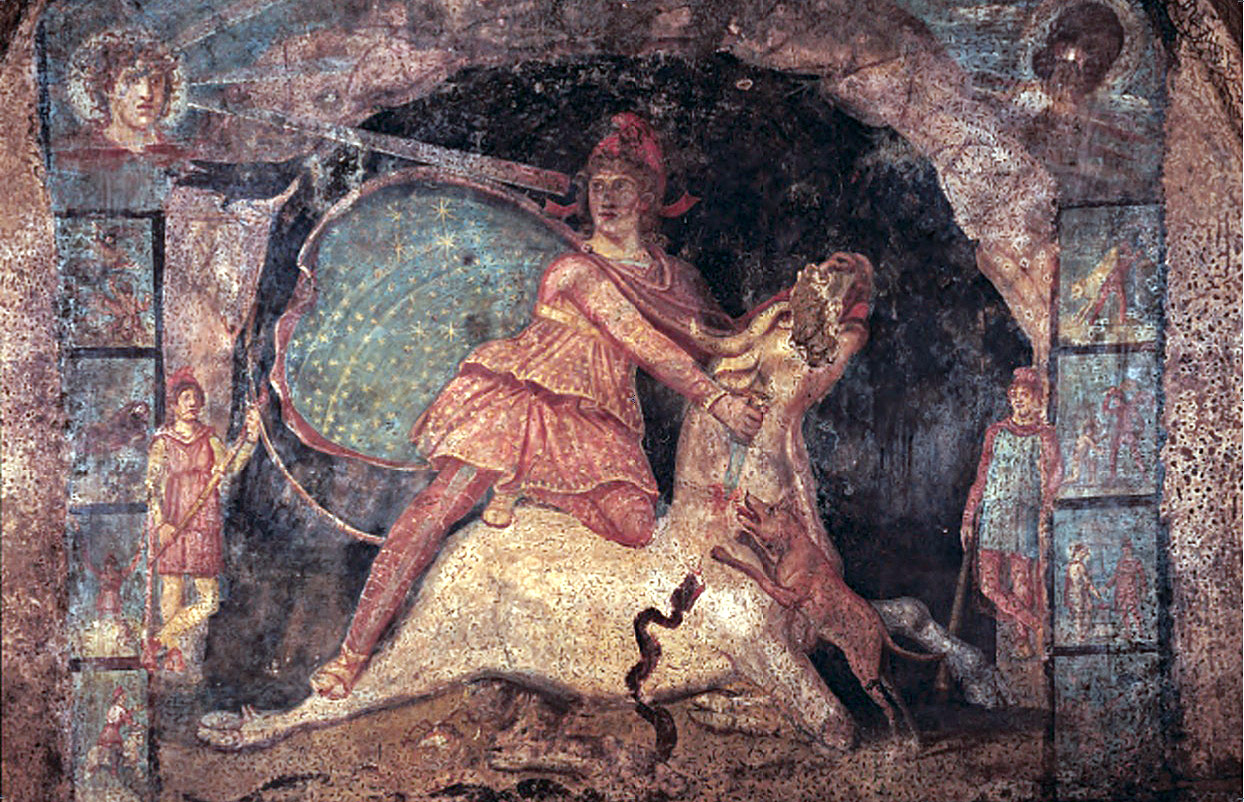Ancient Psychedelia: Alien Gods & Mushroom Goddesses
Online Book - Chapter 14, Page 269
Back to Online Book Mainpage / Next Page (Chapter 14, Page 270)
| By the time of Constantine, the concept of Christ had reached argumentative proportions within the church and the state of Rome itself. Whether it was all ideological, from an elitist point of view, or whether there was genuine debate about it all, is a matter of speculation for all of us at this point, I think, but I feel it’s safe to say that the highest authorities were not so much concerned themselves with how the clergy felt about the matter, but how the people at large, the “Christians” felt. Del Mar writes: “The contentions introduced by the “Christian” clergy concerning the nature of the Son of God – whom some argued was a myth, some a spirit, some a body, some that he had existed from eternity, some that he was first created in the reign of Tiberius, some that he was consubstantial with the father, some that he was of the same substance, some that he was of like substance, some that he was of unlike substance, some that he was of no substance and so on through an endless variety of theories – these contentions enraged Constantine, wearied and divided his sons, (when they succeeded to the empire,) and prompted Julian to seek repose from them by officially restoring the worn-out religion of Sun-worship.” It was not only the concept of the “son of god” which was up for debate but that of the Holy Ghost and mother of Jesus as well. Del Mar quoting Sozoman, writes: “Macedonius, bishop of Constantinople, began to teach that the Son is God and that he is in all respects and in substance like unto the Father. But he affirmed that the Holy Ghost was inferior in dignity and designated him a minister and a Servant.” (51) Then Del Mar adds: “Some contended that Mary was not the Mother of the Saviour; some that she remained a virgin after bearing James (Mark, VI, 3); some that she continued to be a virgin after she married Cleopas or Alpheus; and so on, ad infinitum.” (52) Del Mar also informs us: “It was not until after the time of Mahomet that any Christian aera, known as such, was in public use anywhere.” (53) The inhabitants of the Roman held territories, from all walks of life, social groups and religious backgrounds resisted the formation of the early Christian Empire. Native worship was still deeply seated in the populace and customs had not changed much under previous Roman rule, the only changes being that rituals and celebrations previously made public had to be moved to more private locations and some rituals had been altogether prohibited. Yet the people endured with their original ideals, but the advent of Christianity was changing things as such that not many could tolerate. Del Mar gives some insight into this period: “The inhabitants of Cysicus sent an embassy to the emperor, especially to entreat, the restoration of the pagan temples. This city was famous for its worship of Maia. Indeed, this and the related worship of Dion-Issus, or Bacchus, constituted the prevailing creed of the whole of Gallo-Graecia. The Jews of Syria had long rendered themselves detested by worshipping a deity whom they pretended was |
incorporeal and could not be embodied in statues or painting. The Egyptians had an entire pantheon of painted divinities. The Goths and Saxons clung to Wodon and Thor. The Gauls had their Hesus and Vulcan; whilst in the metropolitan cities of Constantinople, Alexandria and Rome, all these religions came together, and over the dead body of emperor-worship and an aspiring astralism, clamored and competed for the control of its vast possessions, its valuable privileges and its rich livings.” (54) Mithra in Rome Mithraism was not part of the Greek world but was introduced to Rome though the Persian worship of Mithra. In Greece the deity who most resembled Mithra and was his “twin” would be Perseus, or even Attis. Images of Mithra (26c, g) appear similar to Attis from Phrygia (42d, e) and even Orpheus (42a, b, c), all of whom don the Phrygian cap of liberty. (55) Unlike most other worships in the Greek and Roman times, the worship of Mithras included no public ceremonies. (56)   (26c) Mithra, Roman. Louvre c. 100-200 AD  (26g) Mithraeum in the Alban Mountains South of Rome c. 160-200 AD (51) Sozomen, IV, 27 (52) Middle Ages Revisited, p. 206 (53) ibid, p. 150 (54) Middle Ages Revisited, p. 208 (55) Mushrooms, Myths and Mithra, p. 87-88 (56) Cults of the Roman Empire, p. 216 |
Go Back to Page 268